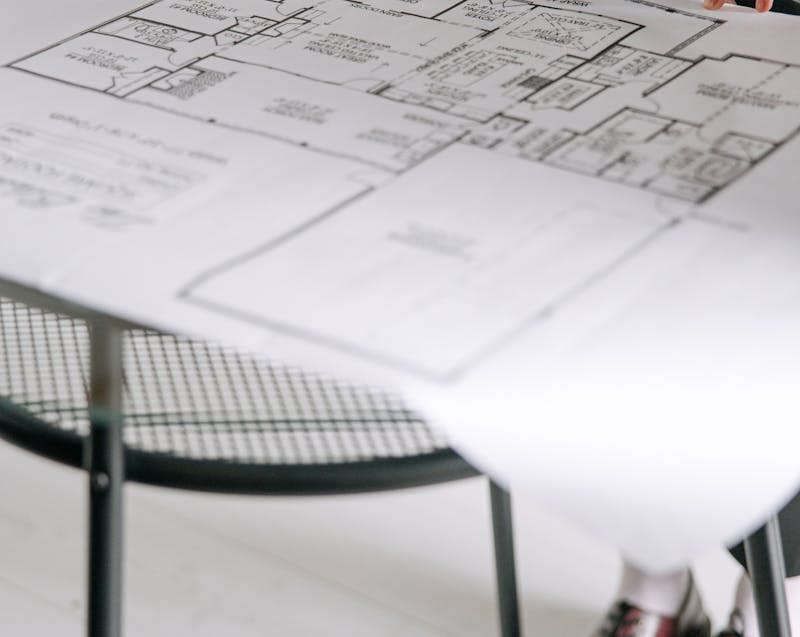- Project size and scope are the biggest cost drivers—larger or more complex remodels naturally cost more.
- Location matters since labor and material prices vary by region and accessibility.
- Labor and expertise play a major role—skilled contractors cost more but deliver better, longer-lasting results.
- Material quality significantly impacts the budget, from affordable options to high-end finishes.
- Hidden issues and repairs can unexpectedly raise costs, making a contingency fund essential.
- Timeline and scheduling affect expenses, with peak-season projects often costing more.
Remodeling a home is an exciting journey, but it’s also one of the biggest financial commitments homeowners make. Whether you’re updating a kitchen, expanding a living room, or giving the entire house a facelift, the cost can vary widely. Many homeowners are surprised when their renovation budget starts to climb due to hidden or unexpected factors. Understanding these cost drivers in advance can help you set realistic expectations, avoid unpleasant surprises, and plan smarter.
In this article, we’ll break down the top 10 factors affecting the cost of remodeling a house. By keeping these in mind, you can create a solid plan, control your budget, and make informed decisions about your dream project.
1. The Size and Scope of the Project

One of the most obvious factors is the size of your remodeling project. Larger areas naturally require more materials, labor, and time. A single-room update will cost far less than renovating multiple spaces or an entire house. The scope of work also matters—minor cosmetic changes like painting or new flooring are less expensive than major structural changes, such as moving walls or adding extensions. Before starting, clearly define the scope to avoid creeping costs later on.
2. Location of Your Home
Where you live has a significant impact on remodeling expenses. Urban areas with higher living costs often come with steeper labor and material rates, while rural areas may be more affordable. Additionally, the accessibility of your property plays a role. If your home is hard to reach or materials need special delivery arrangements, expect costs to rise. Research local averages to better estimate your project’s financial requirements.
3. Labor Costs and Contractor Expertise
Labor is one of the largest expenses in any remodel. The experience level of the contractor or tradespeople you hire will affect the price—skilled professionals usually charge more but deliver higher-quality results. Specialized work, such as plumbing, electrical, or custom carpentry, also comes at a premium. Always balance cost with quality to avoid costly mistakes down the road.
4. Quality of Materials
Materials make a huge difference in overall remodeling costs. From budget-friendly laminate flooring to high-end hardwood, prices vary widely. Even within the same category, differences in durability, design, and brand can influence costs. It’s important to decide early on whether you want to splurge on premium finishes or stick to more practical choices. A home remodeling checklist can help you organize these decisions and prioritize where to spend or save.
5. Structural Changes and Permits
When remodeling requires altering your home’s structure—such as moving load-bearing walls, changing the foundation, or adding new rooms—the cost increases significantly. These changes usually demand permits, architectural plans, and inspections, all of which add time and money. Before committing to a design, consult with professionals to understand what structural changes are truly necessary.
6. Plumbing and Electrical Work
Upgrading or relocating plumbing and electrical systems can quickly raise costs. Kitchens and bathrooms are often the most expensive rooms to remodel because they involve extensive mechanical work. Rewiring for new lighting or relocating pipes for sinks and showers can increase both labor and material expenses. Factor these into your budget early, especially if your home is older and may not meet current building codes.
7. Custom Features and Design Choices
Custom cabinets, unique countertops, or specialty fixtures bring beauty and personalization to your remodel, but they also come with higher costs. Custom work often requires more skilled labor and longer production times compared to standard, ready-made options. Before going custom, weigh the long-term value against your budget and ask yourself if certain design elements are must-haves or nice-to-haves.
8. Timeline and Scheduling
Did you know that the timing of your project can affect its overall cost? Remodeling during peak seasons when contractors are in high demand may result in higher labor rates. On the other hand, scheduling during slower months could save you money. Delays caused by supply chain issues, weather, or unforeseen challenges can also push costs higher. Having a realistic timeline is crucial to keeping expenses in check.
9. Unforeseen Issues and Repairs
Even the best-planned projects encounter surprises. Hidden mold, outdated wiring, termite damage, or plumbing leaks discovered during demolition can increase costs unexpectedly. Setting aside a contingency fund—typically 10–20% of your budget—ensures you’re prepared for these surprises without derailing the entire remodel.
10. Finishing Touches and Furnishings

While major construction gets most of the attention, the finishing details can also add up quickly. Lighting fixtures, paint, hardware, window treatments, and furnishings all contribute to the final cost. These items may seem small individually, but they can significantly impact your total budget. Plan for them early so you don’t end up overspending at the last stage.
Final Thoughts
Remodeling a house is a rewarding investment that enhances both comfort and property value. However, being aware of the many factors affecting the cost of remodeling a house will help you plan wisely and stick to your budget. From project size and materials to hidden repairs and finishing touches, every detail plays a role in the final price tag. By preparing carefully, consulting with professionals, and keeping a clear checklist, you can bring your vision to life without unnecessary financial stress.




